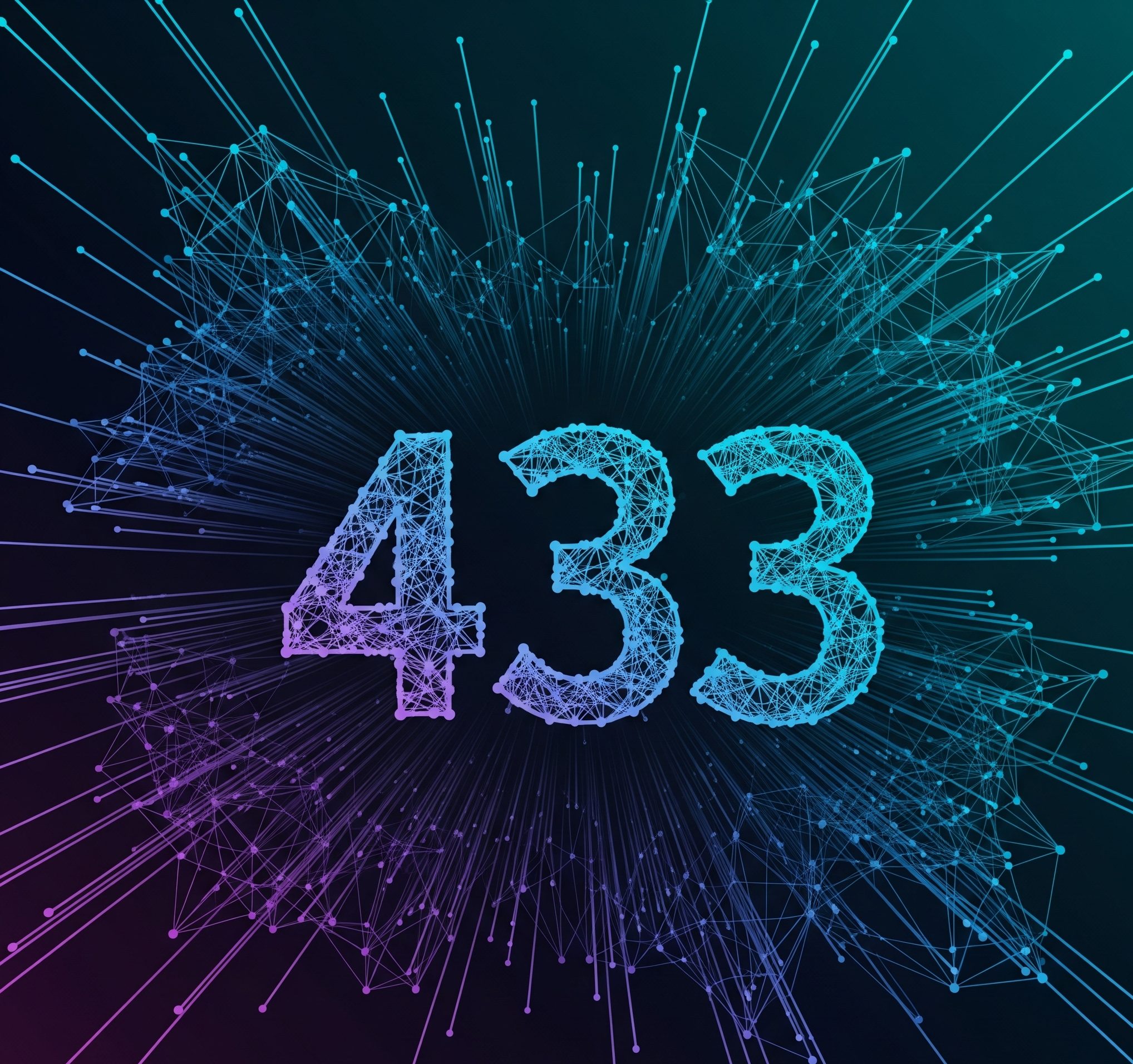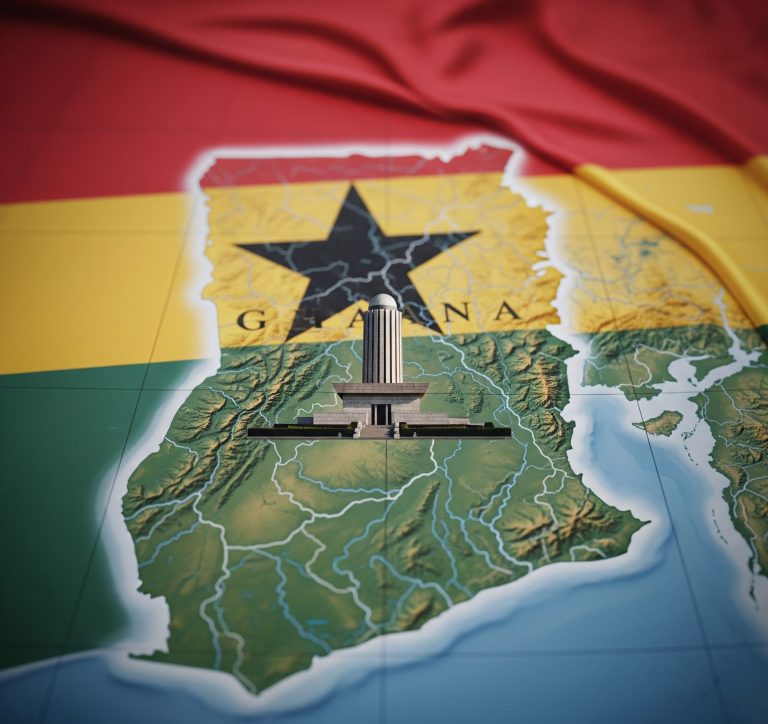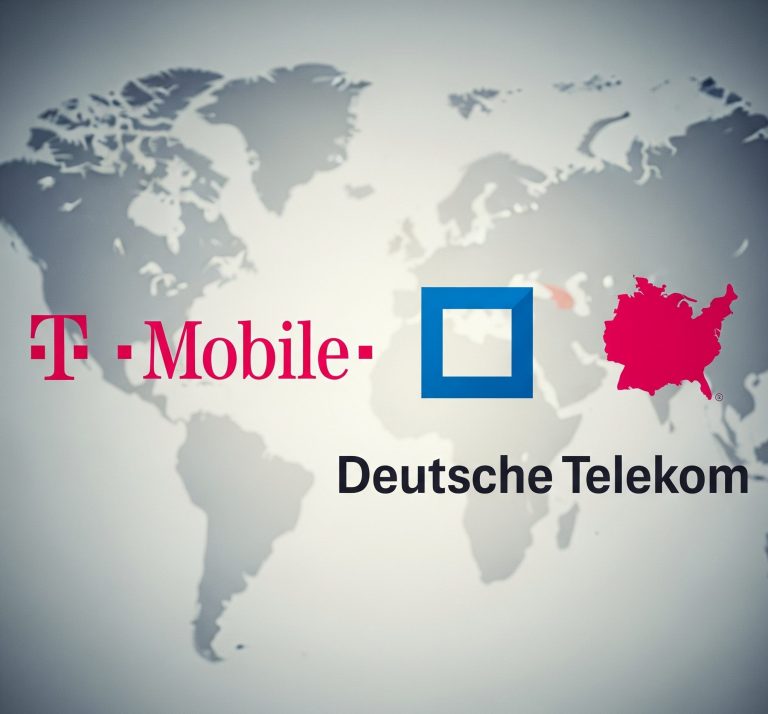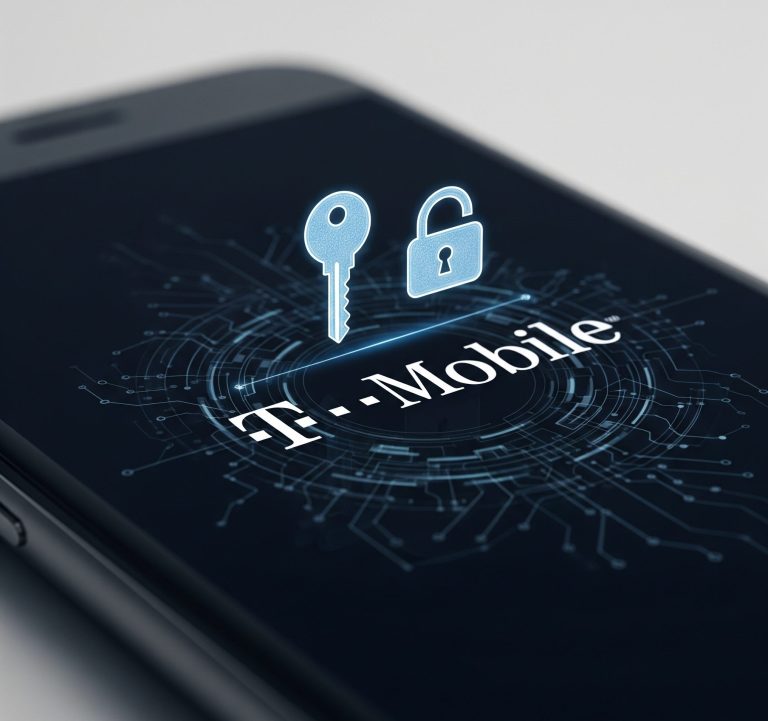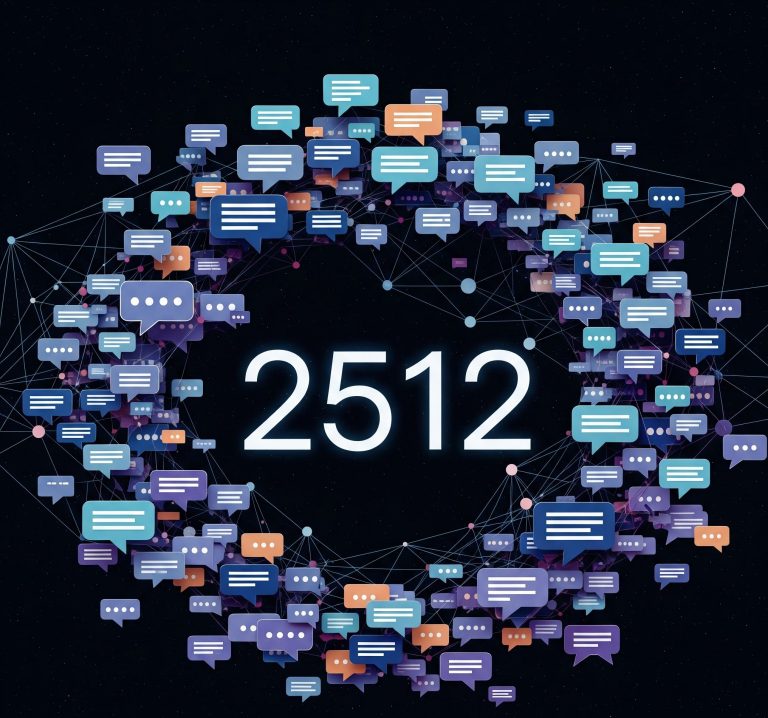In the vast and ever-expanding landscape of American telecommunications, we’ve grown accustomed to the familiar three-digit area codes that connect us from coast to coast. From New York’s iconic 212 to the sun-soaked 310 of Los Angeles, these numerical prefixes are an integral part of our national identity. Yet, from time to time, a mysterious number emerges from the digital ether, sparking curiosity and confusion. One such enigma is the 433 area code. If you’ve been searching for the location of this elusive code, you can officially end your quest: the 433 area code is not an active or assigned area code in the United States.
This revelation, however, only deepens the mystery. Why the interest in a non-existent area code? The answer lies in a fascinating intersection of digital misinformation, the intricate workings of the North American Numbering Plan, and the human brain’s penchant for finding patterns where none exist. This article will explore the reasons behind the phantom 433 area code, delve into how area codes are actually assigned, and demystify the process of telephonic geography.
Contents
The Anatomy of an Area Code: How Prefixes Power the Nation’s Phones
To understand why the 433 area code is a ghost in the machine, it’s essential to grasp the fundamentals of the North American Numbering Plan (NANP). Established by AT&T in 1947, the NANP is a telephone numbering system that encompasses the United States, Canada, and parts of the Caribbean. This system is the backbone of our ability to connect with one another seamlessly across vast distances.
The process of creating and assigning new area codes is a meticulous one, overseen by the North American Numbering Plan Administrator (NANPA). This responsibility is crucial, as the proliferation of cell phones, VoIP services, and other communication technologies has led to a phenomenon known as “number exhaustion.” When the available seven-digit phone numbers within an existing area code begin to run out, NANPA initiates a process to introduce a new one.
This process typically involves two primary solutions: a “split” or an “overlay.” In a split, a geographic region is divided, with one portion retaining the existing area code and the other receiving a new one. An overlay, on the other hand, involves the introduction of a new area code to the same geographic area as an existing one. With an overlay, new phone lines may be assigned the new area code, while existing numbers remain unchanged. This is why you might see two or more area codes serving the same city or region.
The introduction of a new area code is a significant undertaking, involving extensive public notification, technical adjustments by telecommunication companies, and a period of “permissive dialing” where both the old and new dialing patterns are accepted. Given this complex and public process, the sudden appearance of a new area code without any official announcement is a virtual impossibility.
Unraveling the Confusion: Why the Fascination with “433”?
So, if the 433 area code doesn’t exist, why are people searching for it? The answer is likely a combination of factors that create a digital breadcrumb trail leading to a non-existent destination.
One of the most probable sources of confusion is the misinterpretation of other numerical identifiers. It’s not uncommon for organizations, government agencies, and even internal corporate systems to use three-digit codes for various purposes. For instance, a quick search for “433” might reveal a local chapter of a trade union, a specific department within a large corporation, or even a building address. One prominent example is the Ironworkers Local 433 in Los Angeles. An individual seeing this number in a business listing or on a construction site might mistakenly assume it’s a new area code for that region.
Furthermore, the internet itself can be a breeding ground for misinformation. User-generated content, outdated online directories, and even automated data-entry errors can all contribute to the illusion that the 433 area code is a legitimate entity. A single, inaccurate entry on a non-authoritative website can be scraped and replicated across the web, creating a false consensus that tricks search engine algorithms and, consequently, the people who use them.
Another potential source of this phantom area code is simple human error. A typographical error when searching for a legitimate area code—perhaps a mistyped “413” (Western Massachusetts) or “334” (Southern Alabama)—could lead a user down a rabbit hole of speculation about the non-existent “433.”
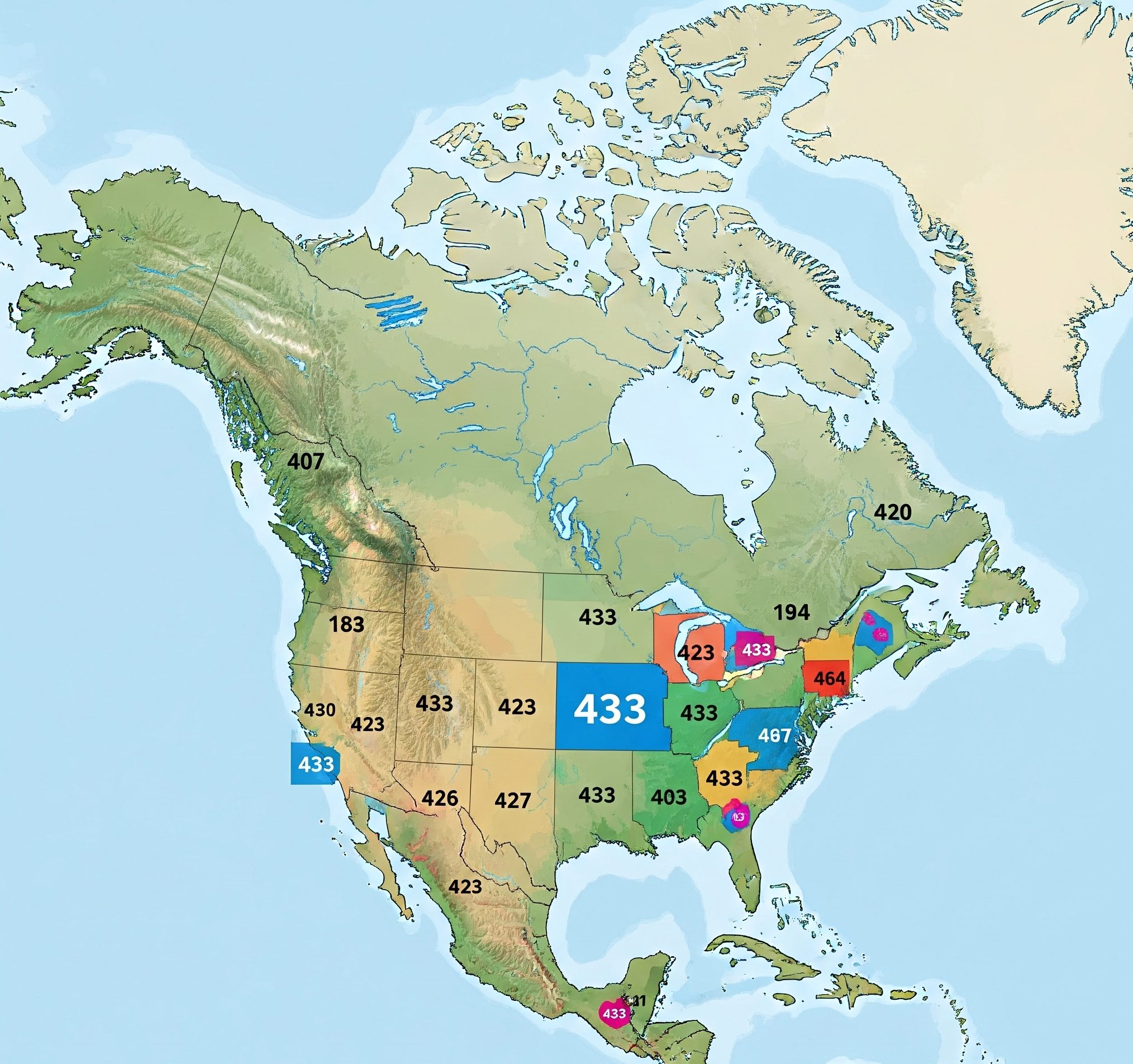
The Future of Area Codes: What’s Next for the NANP?
While the 433 area code may be a work of fiction for now, the demand for new area codes is a very real and ongoing issue. As our reliance on connected devices continues to grow, so too will the strain on our existing numbering resources. NANPA is in a constant state of planning for the future, with new area codes being rolled out across the country on a regular basis.
The process of selecting new area codes is not arbitrary. There are specific guidelines that NANPA follows to ensure a smooth and logical expansion of the numbering plan. For example, easily recognizable codes that could be confused with service codes (such as 911 or 411) are generally avoided. Additionally, to minimize disruption, new area codes are often chosen to be dissimilar to the existing codes in a particular region.
It is within the realm of possibility that the 433 area code could one day be activated. The NANP has a vast pool of unassigned codes, and as existing combinations are exhausted, these dormant numbers will be called into service. However, such an activation would be preceded by a formal announcement from NANPA and a well-publicized implementation plan.
conclusion
the story of the 433 area code serves as a valuable lesson in digital literacy and the importance of consulting authoritative sources. While the internet is an invaluable tool for information, it is also a landscape where myths and misinformation can take root and spread with surprising speed. When it comes to the geography of our phone system, the official word from NANPA is the only one that truly counts. So, the next time you encounter a mysterious new area code, a healthy dose of skepticism and a quick check of the official NANPA website can save you a journey down a numerical rabbit hole.

